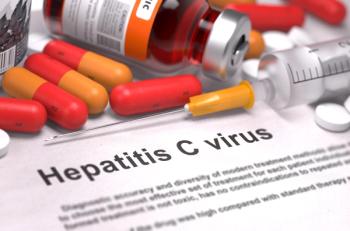
Oncology Biosimilars Face Major Challenges in the United States
The United States stands to be a key player in the global oncology biosimilars market, which is predicted to generate up to $12 billion in revenue by 2020.
The United States stands to be a key player in the global oncology biosimilars market, which is predicted to generate up to $12 billion in revenue by 2020.
A fully developed oncology biosimilars market in the United States is expected by 2020, though many regulatory and legislative issues have yet to be resolved, according to a recent report by the IMS Institute for Healthcare Informatics.
The
“The US is the largest biologic market by size, and is pivotal to the success of the overall biosimilar market,” the report authors write.
Despite the potential for significant growth, the report finds American biosimilar development lagging behind the rest of the world due to a complicated regulatory process. IMS said US companies currently producing biologics are likely to expand in order to produce biosimilars once the process for approval is fully streamlined.
The high cost of branded oncology drugs means a potential boon for biosimilar manufacturers to capitalize on. The average monthly cost of branded oncology drugs has doubled over the last decade, increasing from $5000 in 2003 to $10,000 in 2013, with some individual oncology drugs costing more than $30,000 per month.
The biologic oncology products that currently represent more than $20 billion in global spending are anticipated to be the top targets for biosimilars development over the next 5 years, according to IMS.
Despite the fact that patent expirations are imminent for a number of major drugs, the report predicts competition from biosimilars to largely affect supportive care agents and emerging nations. Oncology drugs soon to face patent expirations will represent an approximately $35-billion annual opportunity, the report notes.
“The potential role of biosimilars in developed markets will be limited, however, if the expected flow of patent-protected innovative products continues to displace older off-patent products subjected to biosimilar competition,” the authors wrote.
There are still several challenges for the US biosimilars market that need to be addressed, however. The report notes the difficulty in proving a biosimilar is the same product as the name brand drug, in addition to the fact that the means of proving that similarity are poorly defined.
Additionally, biosimilars may not have the anticipated impact on name brand drugs due to the fact that when a biosimilar is launched, the manufacturer of the original product, having long since recouped its investment, will likely match the discount offered by a biosimilar.
Newsletter
Stay informed on drug updates, treatment guidelines, and pharmacy practice trends—subscribe to Pharmacy Times for weekly clinical insights.




















































































































































































































